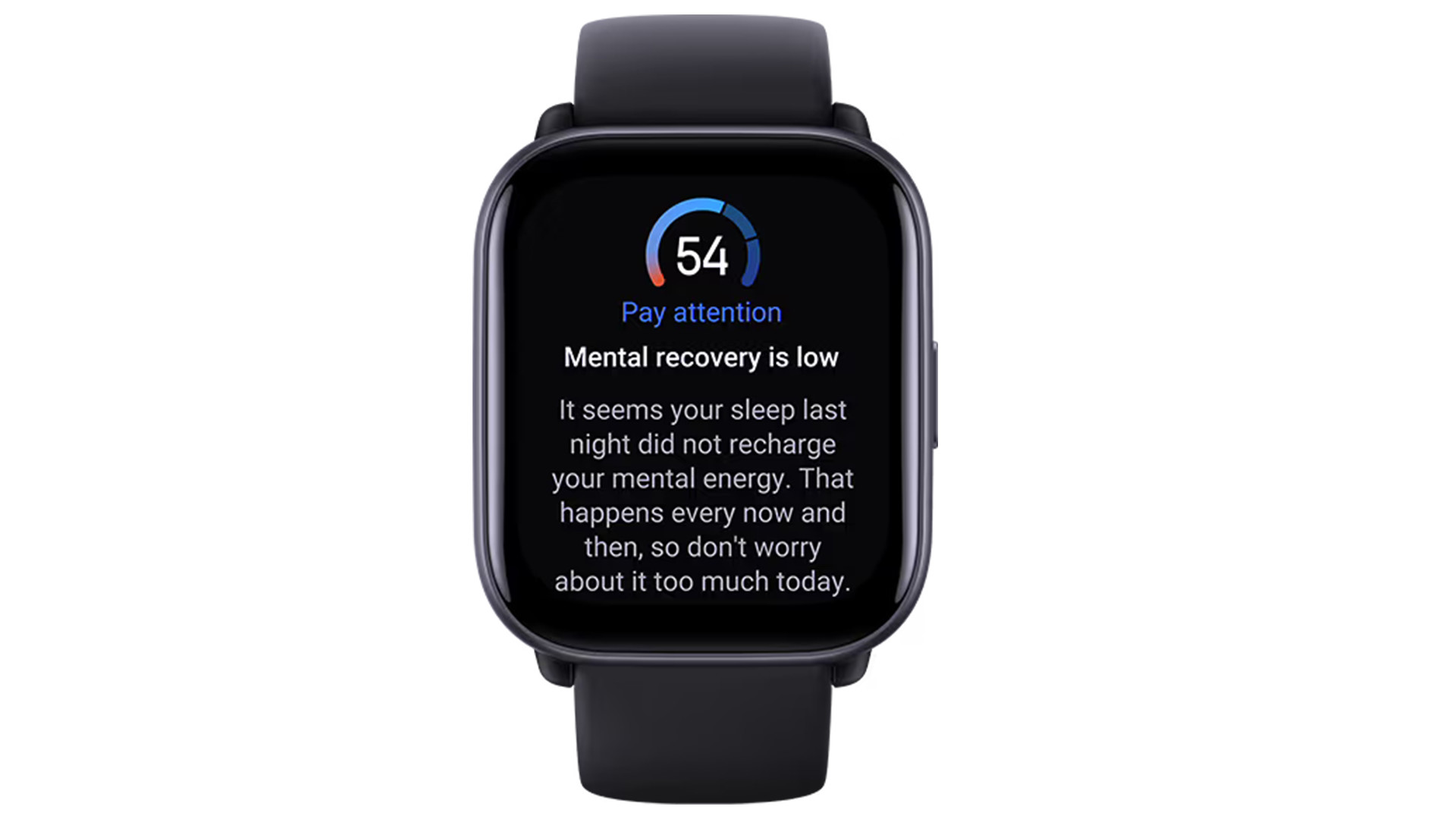Amazfit is back with a pair of new affordable, fitness smartwatches: the Amazfit Active and the Active Edge.
Looking at the first model, you’ll notice it bears a resemblance to the Apple Watch due to its rectangular, 1.75-inch screen. In fact, it even offers, according to the company, performance comparable to the Apple Watch Series 9 as its AMOLED display outputs a resolution of 390 x 450 pixels. This distinction is important to make as AMOLED tech is more energy efficient than standard OLED screens. Looking at the Amazfit Active’s specs, the wearable can last a claimed 14 hours with “typical usage”. But if you activate Battery Saver Mode, you could double the battery life to 30 days max.

If you prefer a more eye-catching smartwatch, then you should check out the other option. The Amazfit Active Edge sports a rugged, rounder design to withstand bumps. It even has a water resistance rating of 10 ATM (atmospheres), meaning you can, if the specs hold up, dive up to 100 meters underwater with this device on and it’ll still work. Comparatively, the Active model can only last up to 50 meters underwater. Be aware the company recommends you don’t shower with it on as the steam can loosen the tight seal.
The Active Edge does have slightly worse performance. Its 1.32-inch display has a maximum resolution of 360 x 360 pixels. The watch battery can, Amazfit claims, last up to 16 days. However, it apparently peaks at 24 days with Battery Saver Mode on. So there is some trade-off.

Software features
The real heart and soul of these fitness devices can be found in the software features.
Both wearables give users the ability to create “personalized training plans via Zepp Coach”. The app integrates over 120 exercises from running to more engaging workouts like combat sports (Think martial arts; nothing gladiatorial). Additionally, you’ll be able to monitor key bodily functions 24/7 including your heart rate and blood-oxygen levels. If you ever get lost, the watches are supported by “five satellite systems [enabling] reliable GPS tracking”.
There are some key differences between the two. Most notably, the Amazfit Active houses the company’s proprietary “Readiness function” which, according to the announcement post, “provides a score based” on certain parameters. Using the internal sensors, the smartwatch can measure your body’s temperature, breathing quality, as well as your sleeping heart rate.
When put together, the score tells you how much your body has recovered after a night's rest. For example, if you feel more tired than usual, the screen will inform you that your mental recovery is low.

Availability
Both wearables are available for purchase on the company’s official website. Prices for the Amazfit Active start at $150 where you choose between Midnight Black, Petal Pink, and Lavender Purple as your main color. With the Active Edge, prices start at $140. The three color options include Mint Green, Midnight Pulse, and Lava Black. That last one is particularly striking as the face is very fiery-looking.
If you buy one, you’ll be given a free trial to Zepp Fitness where you can try out the new AI chatbot that you can ask for training tips or nutrition advice. It’s unknown if there are plans for an international launch although we did ask. This story will be updated at a later time.
If you're looking for other options, check out TechRadar's list of the best smartwatches for 2023.
You might also like
via Hosting & Support
Comments
Post a Comment